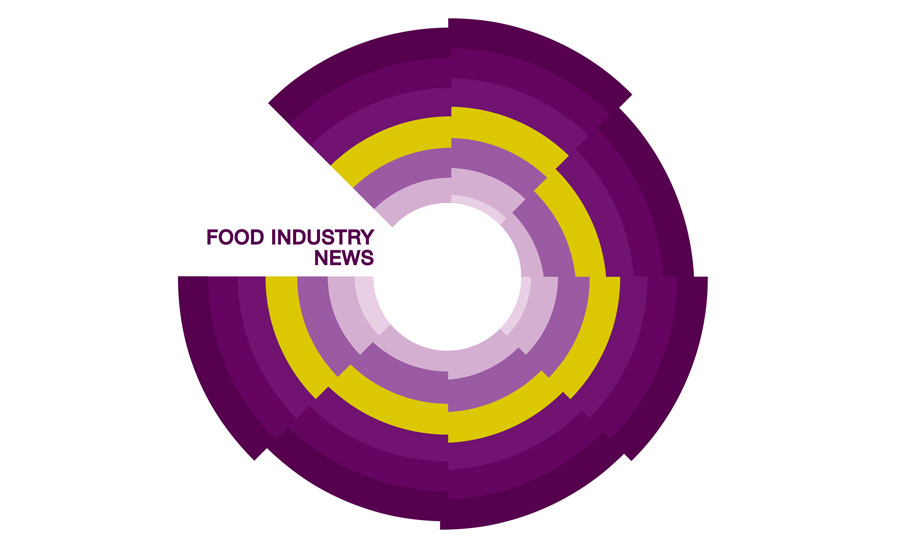How Consumer Purchase Decisions are Evolving in 2025
Kearney Consumer Institute releases latest stress index findings

The Kearney Consumer Institute (KCI), an internal think tank of global strategy and management consultancy Kearney, released its latest Consumer Stress Index, the fifth quarterly release and first year-over-year comparison. The Index provides a comprehensive view of consumer sentiment, assessing how a broad selection of potential macro stressors personally impacts consumers and as a result, their purchasing behavior.
“The Consumer Stress Index continues to explore the gap between what consumers say and what they do,” notes KCI lead Katie Thomas, who led the study. “For example, there’s a disconnect between ‘cash-strapped consumers’ portrayed in the media and the reality that holiday spending and travel were up—the latter to record highs. That disconnect leads people to ask questions like, ‘Why are malls and airports so crowded if people supposedly can’t afford groceries?’ The Index shows that two things can be simultaneously true: People are stressed about money. And people are spending money.”
- 2024 data shows that two things can be true: People are stressed about money. People are spending money.
- Consumers’ personal situations are a more accurate indicator of behavior than their general feelings about the economy.
- Consumer perceptions of “fair” prices are outdated and need to catch up with reality.
- New sectors apart from grocery have become better indicators of consumers’ financial health.
The Consumer Stress Index surveys 24,000 consumers in 12 countries about how stressed they feel with respect to five pillars: consumer wallet and finances, health and education, geopolitics and government, food and the environment, and innovation and technology.
“The year-end Index data reveals a few key themes. First, an individual’s feelings about the general state of the economy do not accurately predict how they will behave. Instead, their personal situation (Do I feel secure in my job? Are wages keeping up with my cost of living?) is a better indicator. We see this in the responses of nearly three-quarters of people we surveyed, who say that housing prices haven’t really impacted them, and affording food is not a major concern.”
“Second, consumers’ perceptions of ‘fair’ prices are outdated. While prices have increased over 20 percent from 2019 through 2024, wages largely kept up, and in most categories, consumers spent about the same percentage of their income in 2024 as they did in 2019. If inflation stays roughly where it is now for the foreseeable future, consumers will slowly begin to let go of their outdated notions of ‘fair’ pricing and acclimate to ‘new-normal’ prices.”
“Finally, while grocery spend has traditionally been a key indicator of consumer financial health, new sectors have emerged as more holistic barometers of consumer spending. These days, consumers have more options (both brands and retailers) for high-frequency grocery purchases, allowing them to optimize their everyday spend on ‘needs’ to make room for more of their ‘wants’ like travel and recreation.”
Looking for a reprint of this article?
From high-res PDFs to custom plaques, order your copy today!





